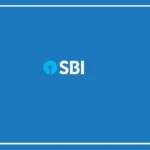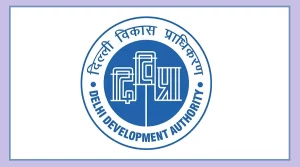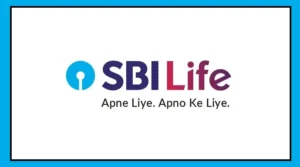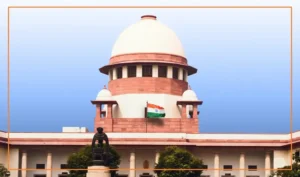In one of the largest clean-up drives since the National Food Security Act (NFSA) came into effect, the government has removed around 2.25 crore ineligible beneficiaries from the free monthly ration programme.
This nationwide effort, carried out over the last four to five months, followed a directive to all states to eliminate inflated or incorrect entries by September 30, 2025.
Food Secretary Sanjeev Chopra confirmed the move on November 18, highlighting that the clean-up improves the targeting accuracy of India’s largest food welfare programme.
Who Was Removed and Why
The Ministry of Consumer Affairs, Food and Public Distribution identified several categories of people wrongly receiving subsidised food grains:
People owning four-wheelers
Individuals with monthly incomes above state-specific limits
Company directors registered with the Ministry of Corporate Affairs
Deceased persons whose names remained on ration cards
These names were flagged using data analytics and verified by state governments before being removed.
The clean-up was necessary because unintended beneficiaries were diluting the scheme’s effectiveness.
Under the NFSA (2013), around 81.35 crore Indians are entitled to subsidised food grains.
This includes:
Antyodaya Anna Yojana (AAY) households – 35 kg of grains per month
Priority Household (PHH) beneficiaries – 5 kg per person per month
By removing ineligible names, the government can ensure that resources reach the poorest families.
The Massive Effort Behind the Purge
The operation required coordination across India’s huge food security network:
Over 19 crore ration cards
Around 5 lakh fair price shops
Collaboration with all states and Union Territories
Despite digitisation, Aadhaar authentication, and portability features, problems such as outdated records, income mismatches, and ration card misuse persisted.
What Happens Next?
After removing ineligible beneficiaries, states are now onboarding verified eligible households to replace them.
The government has stressed that this clean-up will not reduce overall coverage.
Instead, it will strengthen fairness, accountability, and delivery efficiency, ensuring that India’s food subsidy network continues to support those who need it most.

























